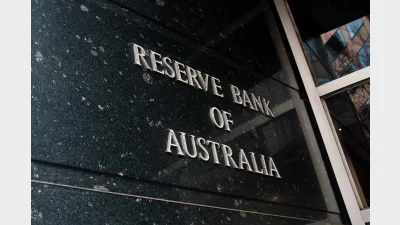Risk models must be reassessed
Super funds and investors must change the way they measure investment risk, according to investment experts at the Fund Executive Association (FEAL) Conference, where traditional risk models were branded as flawed.
Managing director of risk analysis company CheckRisk, Nick Bullman, told the conference that traditional investment models measured risk as a flat line on a graph, when in reality risk behaved differently - clustering together in times of high volatility and feeding on itself.
Investors should measure risk in ways that don't rely on the standard valuations of risk, which are flawed in many cases, he said.
Super funds and investors also need to start sequencing risk to understand how it changes over time, Bullman said.
"It's incredibly difficult to predict, but it's something you can measure in terms of rate of change, and in terms of like a seismologist might - when tremors are starting, seeing pressure build in the system - which can give you [an edge] in terms of protecting your portfolio," he said.
"Maybe we just need a fresh approach, we've all been lulled into a false sense of security in terms of having positive real returns and positive relative returns - we now need to become risk managers on a daily basis," Bullman said.
Russell Investments' Dianna Zentner - director, global manager oversight and due diligence - warned that one small risk that seemed manageable could spark a multitude of risks that could quickly become uncontrollable.
"We see all the time the same kinds of risk that boil underneath the surface; little things that seem innocuous, but then all of sudden, there's another risk, and then another risk and pretty soon it just explodes. Reputational risk, regulatory risk, all kinds of things happen at that stage," she said.
Recommended for you
The central bank has announced the official cash rate decision for its November monetary policy meeting.
Australia’s maturing superannuation system delivers higher balances, fewer duplicate accounts and growing female asset share, but gaps and adequacy challenges remain.
Global volatility and offshore exposure have driven super funds to build US-dollar liquidity buffers, a new BNY paper has found.
Less than two in five Australians are confident they will have sufficient assets to retire and almost three-quarters admit they need to pay greater attention to their balance, according to ART research.









